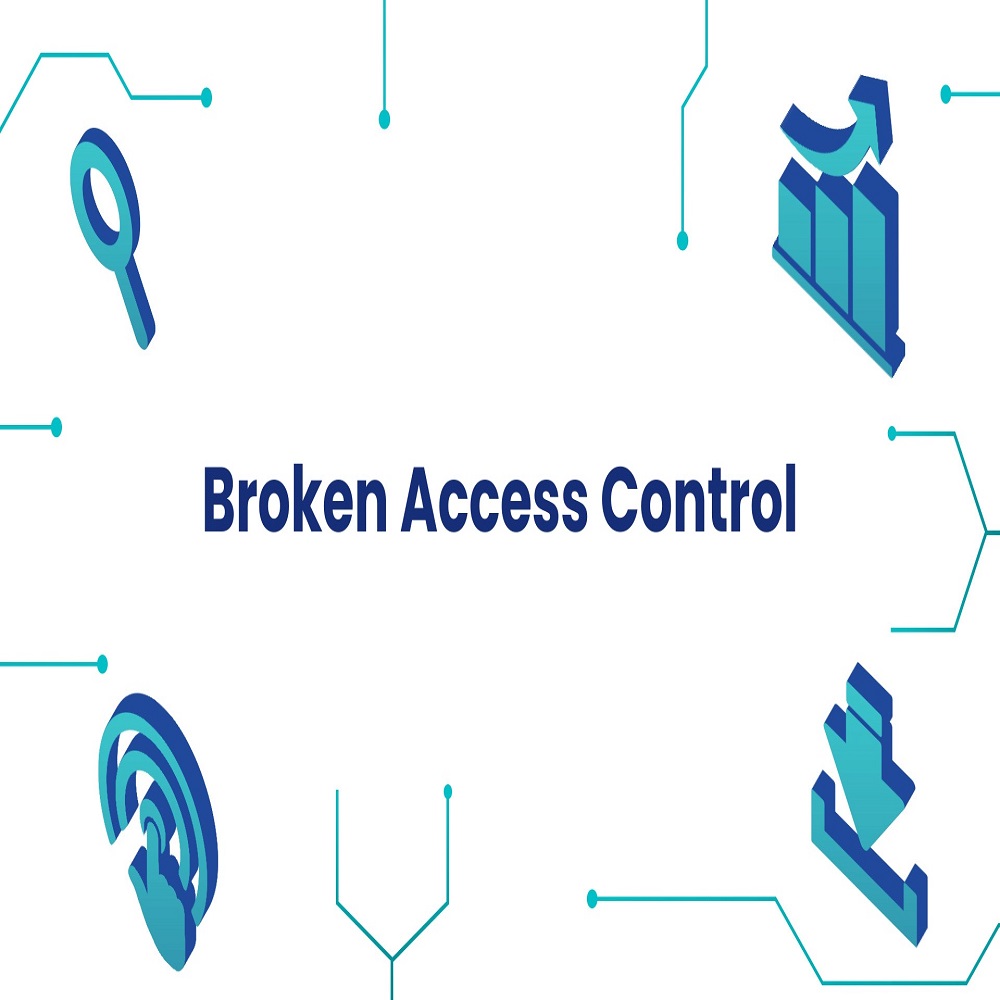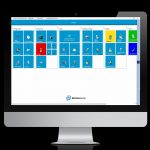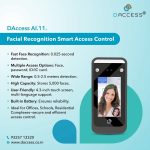Understanding the Basics of Access Control
Access control is a fundamental aspect of information security, ensuring that only authorized individuals or systems can access specific resources. In today’s digital landscape, where data breaches and cyber threats are on the rise, robust access control mechanisms are more critical than ever. This article delves into the concept of broken access control vulnerabilities and provides actionable strategies for securing applications against such risks.
The Role of Access Control in Cybersecurity
Access control plays a pivotal role in cybersecurity by defining who can view, modify, or interact with sensitive data and systems. It involves authentication, authorization, and accountability. Authentication verifies the identity of users, while authorization determines what actions they can perform. Accountability ensures that all actions are traceable to a specific user. Together, these components form the foundation of a secure environment, preventing unauthorized access and protecting valuable assets.
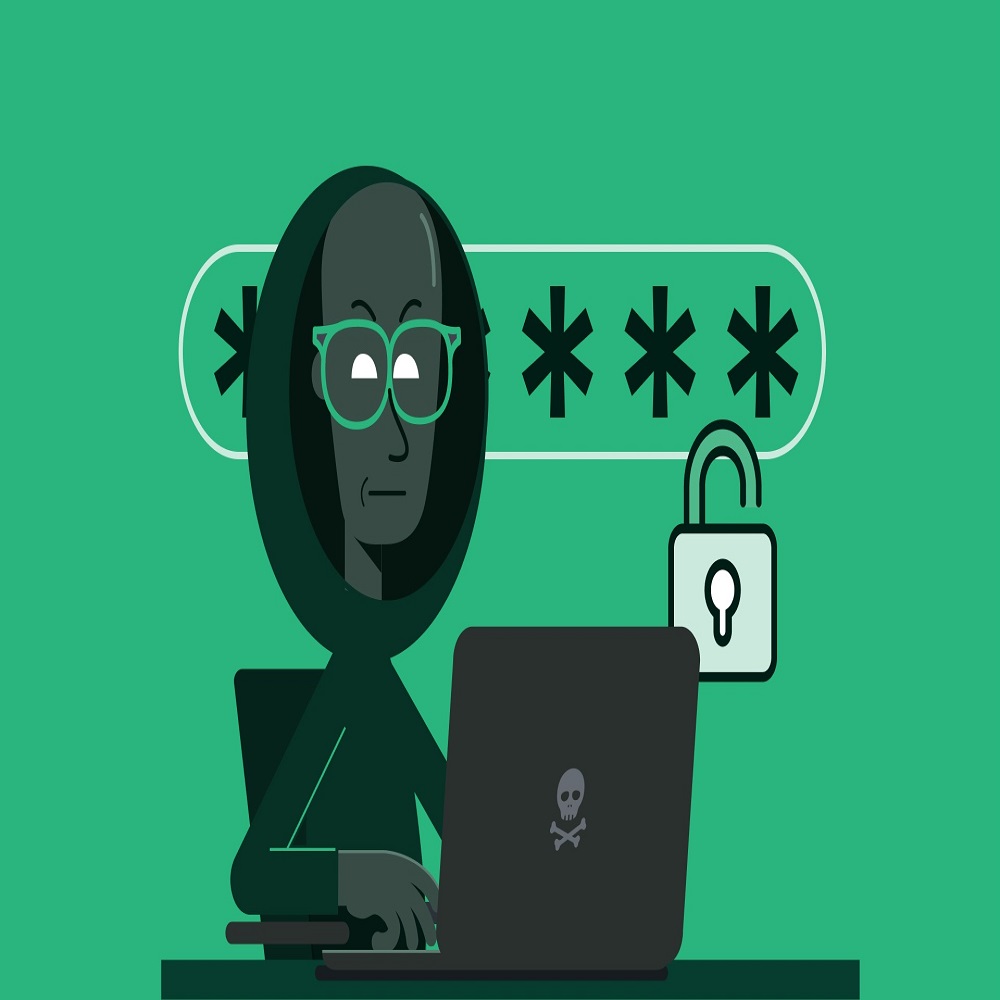
Common Types of Broken Access Control Vulnerabilities
Insecure Direct Object References (IDOR)
Insecure Direct Object References (IDOR) occur when an application uses user-supplied input to access objects directly, without proper validation. For example, a URL might include a parameter like user_id=123, and if the application does not verify whether the user has permission to access this ID, it can lead to unauthorized data exposure. Attackers can exploit this vulnerability by simply changing the user_id to access other users’ data. Implementing proper access controls and validating user permissions can mitigate this risk.
Missing Function Level Access Control
Function level access control vulnerabilities arise when an application fails to enforce proper checks on which functions or features a user can access. For instance, a user with basic privileges might be able to access administrative functions by simply navigating to the corresponding URL. This can result in unauthorized changes to the system, such as modifying user roles or accessing sensitive data. To prevent this, applications should implement role-based access control (RBAC) and ensure that each function is protected by appropriate authorization checks.
Cross-Site Request Forgery (CSRF)
Cross-Site Request Forgery (CSRF) is a type of attack where a malicious website tricks a user’s browser into performing an action on another site where the user is authenticated. This can lead to unintended actions, such as changing passwords or transferring funds. CSRF attacks exploit the trust that a web application places in the user’s browser. To mitigate this, applications should use anti-CSRF tokens, which are unique, unpredictable values that are included in each request and verified on the server side.
Consequences of Broken Access Control
Broken access control can lead to severe consequences, including data breaches and unauthorized access. When an attacker gains access to sensitive data, they can steal, modify, or delete it, causing significant financial and reputational damage to the organization. For example, a healthcare provider experiencing a data breach may expose patients’ personal and medical information, leading to legal and regulatory penalties, as well as loss of trust from patients.
Financial and Reputational Damage
The financial and reputational damage resulting from broken access control can be substantial. Organizations may face legal fines, compensation claims, and the cost of remediation, such as implementing new security measures and notifying affected individuals. Additionally, the loss of customer trust can have long-lasting effects, impacting future business opportunities and partnerships. Rebuilding a damaged reputation can be a lengthy and costly process, making it essential to prioritize access control security.
Compliance and Legal Issues
Compliance with data protection regulations, such as the General Data Protection Regulation (GDPR) and the Health Insurance Portability and Accountability Act (HIPAA), is crucial for organizations. Broken access control can lead to non-compliance, resulting in hefty fines and legal actions. These regulations require organizations to implement robust security measures to protect personal and sensitive data. Failure to do so can result in severe penalties, including fines, legal sanctions, and mandatory audits. Ensuring compliance with these regulations is not only a legal requirement but also a best practice for maintaining trust and integrity.
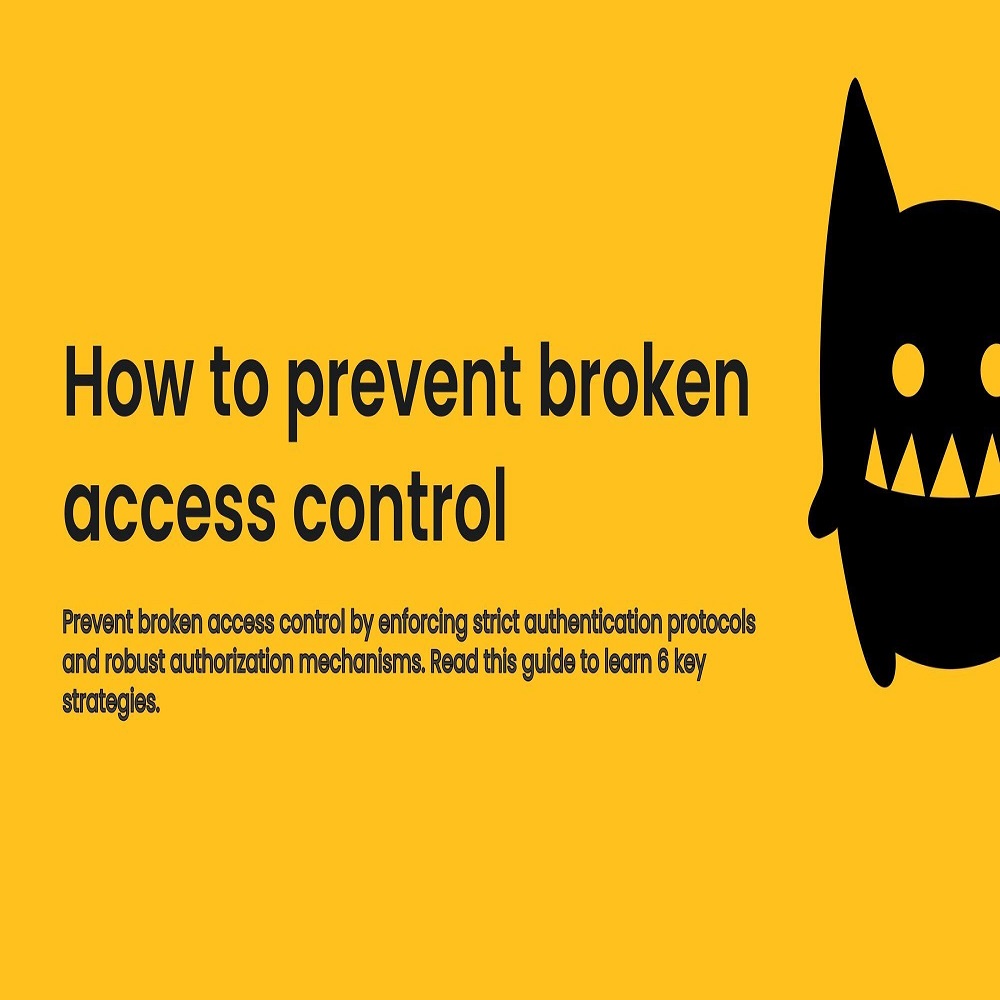
Best Practices for Securing Access Control
Implementing Role-Based Access Control (RBAC)
Role-Based Access Control (RBAC) is a widely adopted method for managing access to resources. RBAC assigns permissions to roles rather than individual users, simplifying the management of access rights. Each user is assigned one or more roles, and each role has a set of permissions. This approach ensures that users can only access the resources and perform the actions that are necessary for their role. Implementing RBAC reduces the risk of over-privileging and makes it easier to manage and audit access controls.
Using Least Privilege Principle
The principle of least privilege (PoLP) states that users and processes should have only the minimum level of access necessary to perform their tasks. By limiting access to the bare minimum, organizations can reduce the potential impact of a security breach. For example, a database administrator might need full access to the database, but a regular employee should only have read-only access to the data they need. Enforcing the least privilege principle minimizes the attack surface and limits the damage that can be caused by a compromised account.
Regular Audits and Monitoring
Regular audits and continuous monitoring are essential for maintaining the integrity of access controls. Audits help identify and rectify any misconfigurations or policy violations, ensuring that access controls are functioning as intended. Monitoring tools can detect and alert on suspicious activities, such as multiple failed login attempts or unusual access patterns. By regularly reviewing access logs and conducting security assessments, organizations can proactively address vulnerabilities and enhance their overall security posture.
Advanced Techniques for Enhancing Access Control
Multi-Factor Authentication (MFA)
Multi-Factor Authentication (MFA) adds an additional layer of security by requiring users to provide more than one form of verification. Common factors include something the user knows (e.g., a password), something the user has (e.g., a smartphone), and something the user is (e.g., a fingerprint). MFA significantly reduces the risk of unauthorized access, even if a password is compromised. Implementing MFA for all user accounts, especially those with elevated privileges, is a best practice for enhancing access control security.
Attribute-Based Access Control (ABAC)
Attribute-Based Access Control (ABAC) is a more flexible and dynamic approach to access control. Unlike RBAC, which is based on predefined roles, ABAC uses attributes to determine access. Attributes can include user characteristics, resource properties, and environmental conditions. For example, a user might be granted access to a document only if they are in a specific location, during certain hours, and using a company-issued device. ABAC allows for fine-grained access control and can adapt to changing organizational needs and security policies.
Context-Aware Access Control
Context-aware access control takes into account the context in which a user is accessing a resource. This includes factors such as the user’s location, the device being used, the time of day, and the network connection. For example, a user might be allowed to access a sensitive file from within the corporate network but not from a public Wi-Fi. Context-aware access control enhances security by adapting to the specific circumstances of each access request, providing an additional layer of protection against unauthorized access.

Case Studies: Real-World Examples of Broken Access Control
Example 1: Healthcare Provider Data Breach
In 2019, a major healthcare provider experienced a data breach due to a broken access control vulnerability. An attacker exploited a flaw in the provider’s patient portal, which allowed them to access the records of thousands of patients. The breach exposed sensitive information, including names, addresses, and medical histories. The healthcare provider faced significant financial and reputational damage, including a $5 million fine for violating HIPAA regulations. The incident highlighted the importance of robust access control measures and the need for regular security assessments.
Example 2: Financial Institution Fraud
A financial institution suffered a major fraud incident in 2020, where an attacker gained unauthorized access to customer accounts through a broken access control vulnerability. The attacker was able to transfer funds and change account details by exploiting a flaw in the institution’s online banking system. The incident resulted in millions of dollars in losses and a loss of customer trust. The financial institution had to implement new security measures, including multi-factor authentication and enhanced access controls, to prevent similar incidents in the future.
Example 3: E-commerce Platform Data Leak
An e-commerce platform experienced a data leak in 2021 due to a broken access control vulnerability. The platform’s API did not properly validate user permissions, allowing an attacker to access and download the personal and payment information of thousands of customers. The leak led to a significant loss of customer trust and a decline in sales. The e-commerce platform had to invest heavily in security improvements, including implementing role-based access control and conducting regular security audits, to restore confidence and prevent future breaches.
Conclusion and Future Trends in Access Control
Summary of Key Points
In summary, broken access control vulnerabilities pose significant risks to organizations, including data breaches, financial and reputational damage, and compliance issues. Implementing robust access control measures, such as role-based access control, the principle of least privilege, and multi-factor authentication, is essential for mitigating these risks. Regular audits and continuous monitoring, along with advanced techniques like attribute-based access control and context-aware access control, further enhance security. Real-world examples highlight the importance of proactive security measures and the consequences of neglecting access control.
Emerging Trends in Access Control
As technology evolves, so do the methods for securing access control. Emerging trends include the use of artificial intelligence (AI) and machine learning (ML) to detect and respond to access control anomalies in real-time. Zero Trust Architecture, which assumes that no user or device should be trusted by default, is gaining traction as a comprehensive security model. Additionally, the integration of biometric authentication, such as facial recognition and behavioral biometrics, is becoming more prevalent, providing an additional layer of security. Staying informed about these trends and adopting new technologies will be crucial for maintaining robust access control in the future.
Final Thoughts
Securing access control is a continuous and evolving process. Organizations must remain vigilant and proactive in addressing vulnerabilities and implementing best practices. By prioritizing access control, organizations can protect their valuable assets, maintain customer trust, and comply with regulatory requirements. As the threat landscape continues to evolve, staying ahead of emerging risks and leveraging new technologies will be key to ensuring the security and integrity of access control.
